
Tune in to new sounds and whistles as you discover rare species of birds from Jabarkhet Nature Reserve in Uttarakhand, India.
Click on the images to learn more about these fascinating birds of the Himalayan foothills. Click again to close and come
back to the gallery.
Bird names are linked to their respective profile page on e-Bird which is a fantastic resource from Cornell University for bird enthusiasts.
Click on the buttons below to filter.

Delicately beautiful small warbler with a greenish back, lemon-yellow underparts, a cinder-gray head, and bright white eyebrow stripes. Somewhat similar to Yellow-bellied Warbler, but note yellow instead of white throat. Forages actively in the upper levels of broadleaf and mixed montane forest, often in open patches. Sometimes descends to lower elevations in the non-breeding season, often turning up in foothill forest edges and gardens. Song is a high-pitched “tchi-tchi-cheeseewee-cheeseewee.” Calls are high, thin double notes.
INDIA . Uttarakhand . 2023
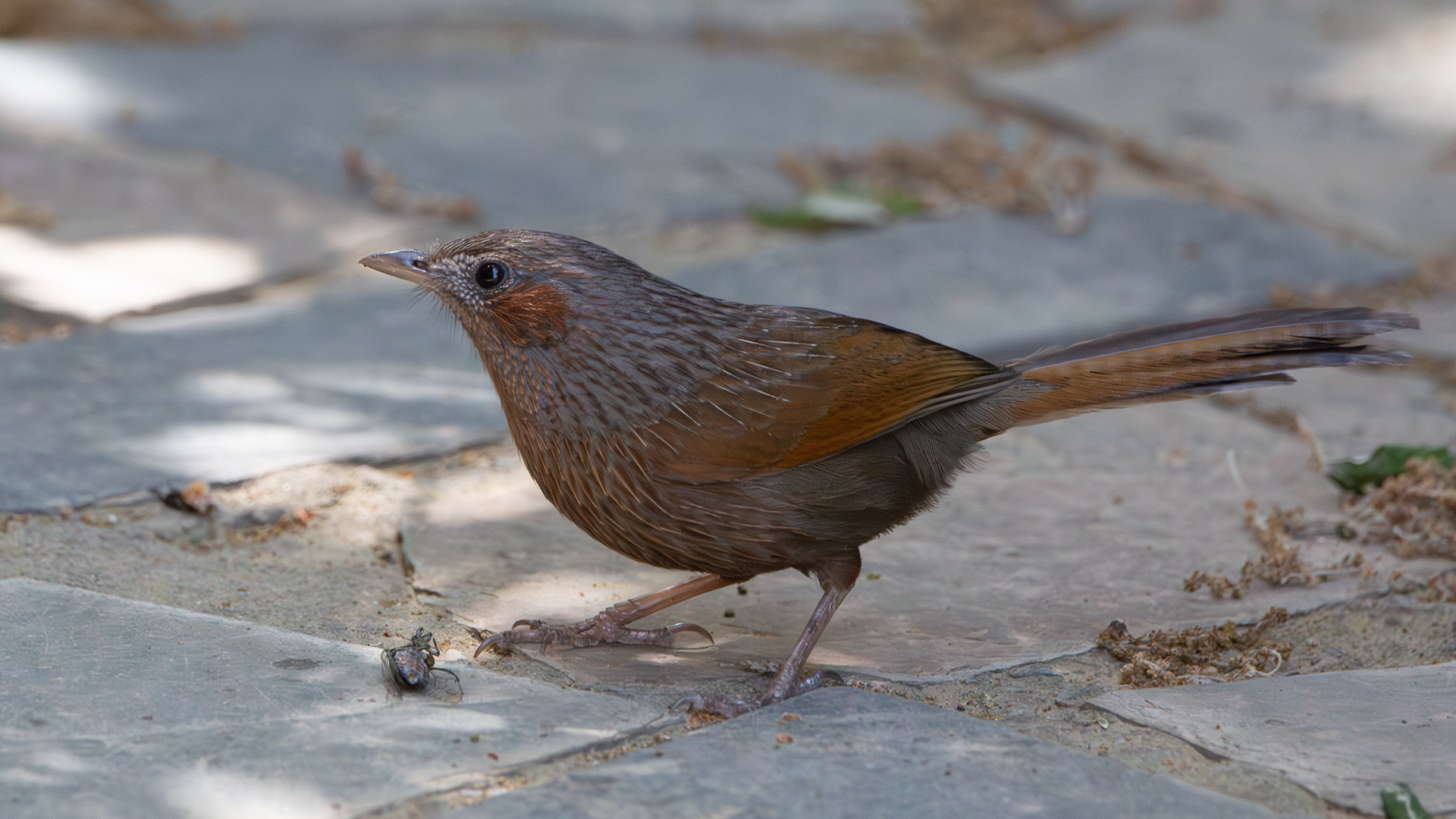
Orangey-brown laughingthrush with fine streaking all over the body. Breeds at middle to upper elevations, sometimes descending in the winter. Often found around human habitation; also in forest edge and scrubby or bushy areas. Forages on the ground in pairs or small flocks. Song highly variable, brief but often complex; first note often starts off with a distinct bubbling quality. Gives various high call notes.
INDIA . Uttarakhand . 2023
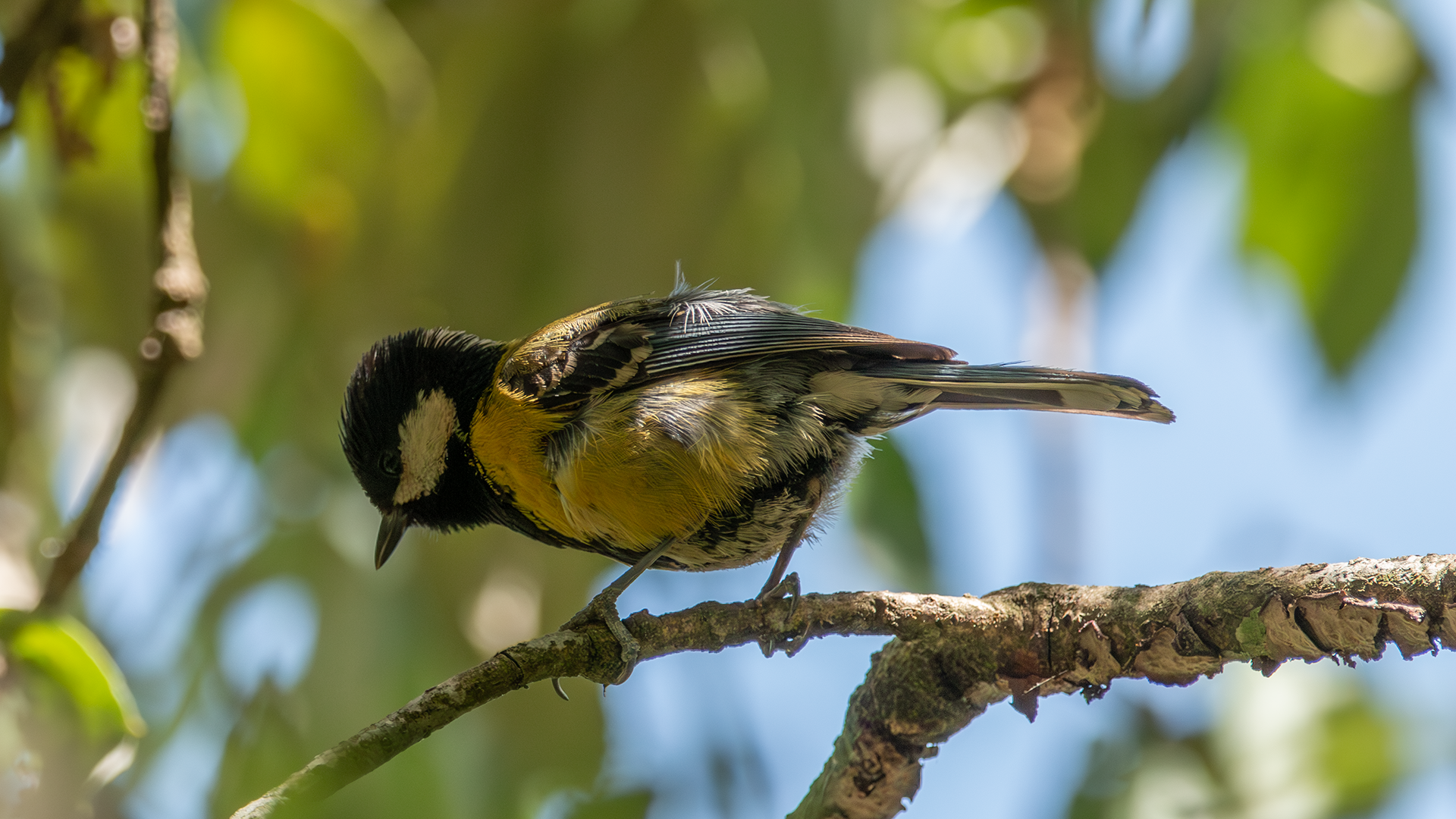
Colorful small songbird of foothill and montane forests (up to 2800 m). Similar to Japanese Tit in appearance but with a bright yellow belly, greenish back, and two narrow white wingbars rather than one broad one. Forages at middle and upper levels in forests, often in pairs or as part of mixed-species flocks. Song a series of 3-4 whistles. Calls infrequently, a gruff “deedeedee.”
INDIA . Uttarakhand . 2023
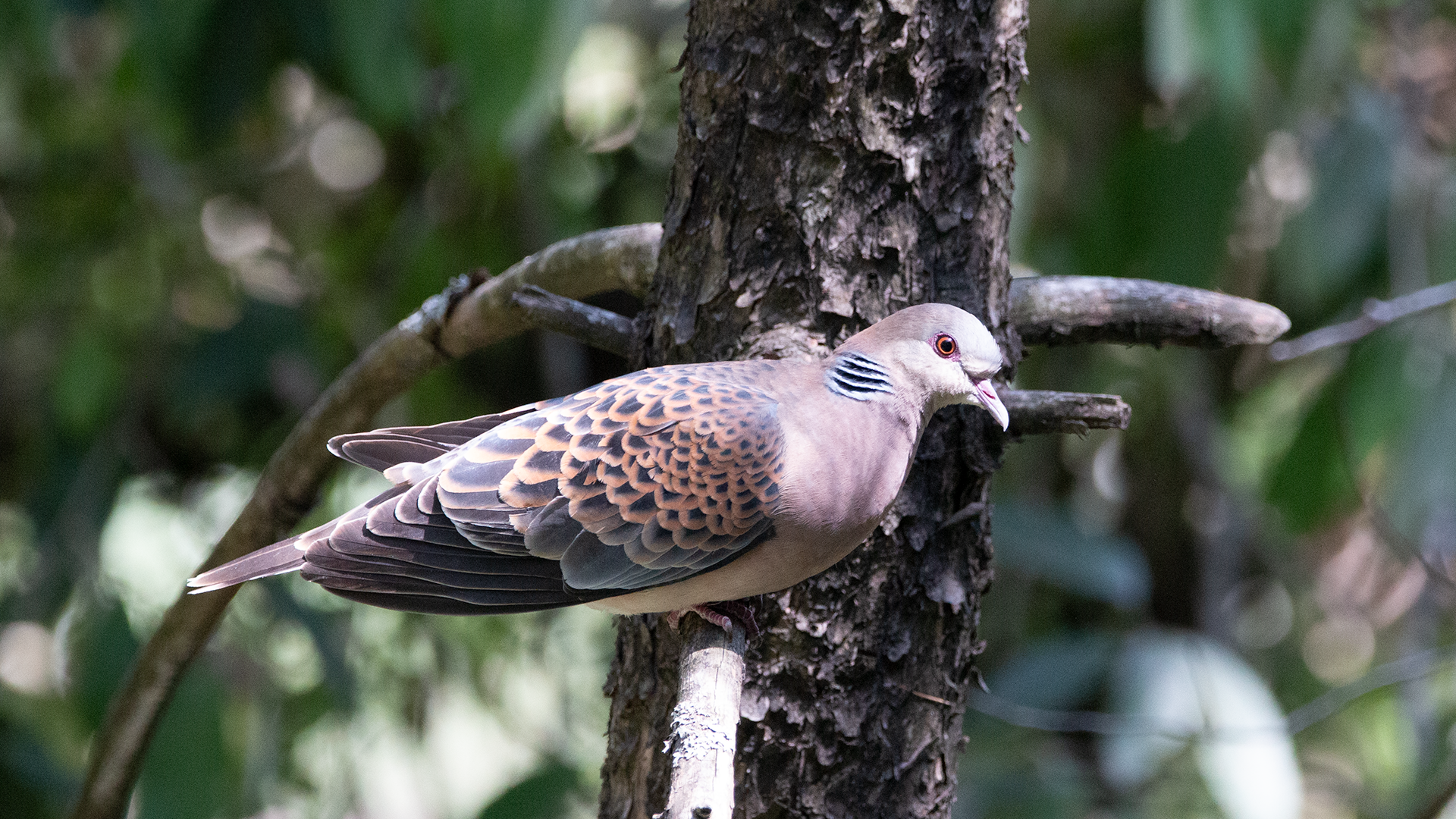
A dove with attractive plumage: rufous-scaled scapulars and wing coverts, dusky underparts, and a black-and-white striped patch on the side of its neck made of silver-tipped feathers. There is a considerable variation in plumage in different subspecies. The southernmost populations are resident while the others migrate down south during winter. Breeds in open lowland woods and copses with rich undergrowth. Rather shy and keep well hidden in the tree canopy. Call is two hoarse notes followed by two clear notes "hr-hr oo-oo."
INDIA . Uttarakhand . 2023
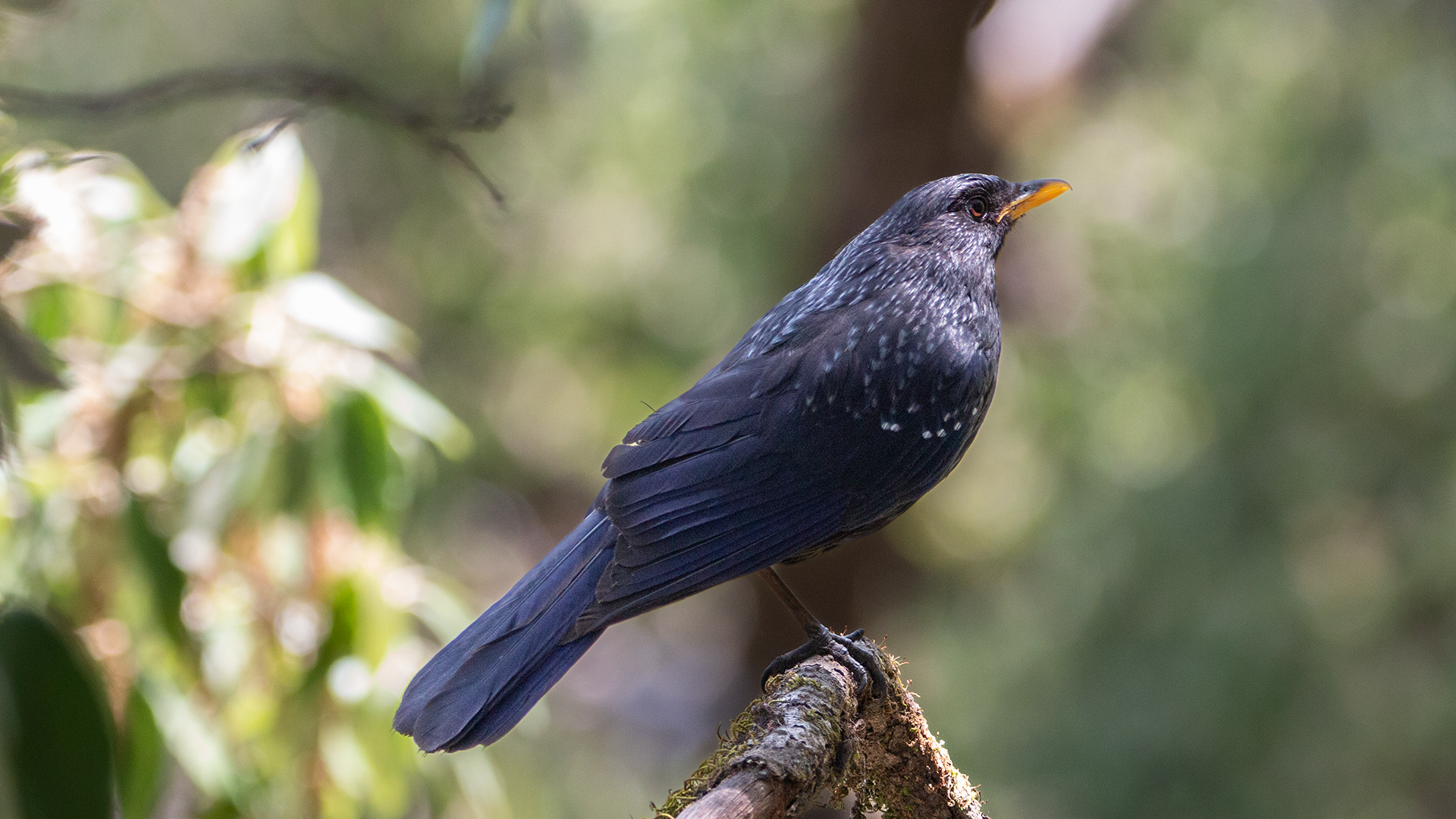
Large, found along streams in forested hills and mountains. Dark purple with tiny silvery spots on head, back, and wings. Bill color varies with range: dark in central and eastern China and parts of mainland Southeast Asia, bright yellow in populations elsewhere. Frequently fans tail while standing on an exposed perch such as a waterside rock or overhanging branch. True to its name, it does whistle: a long piercing note that carries well over the sound of rushing water.
INDIA . Uttarakhand . 2023
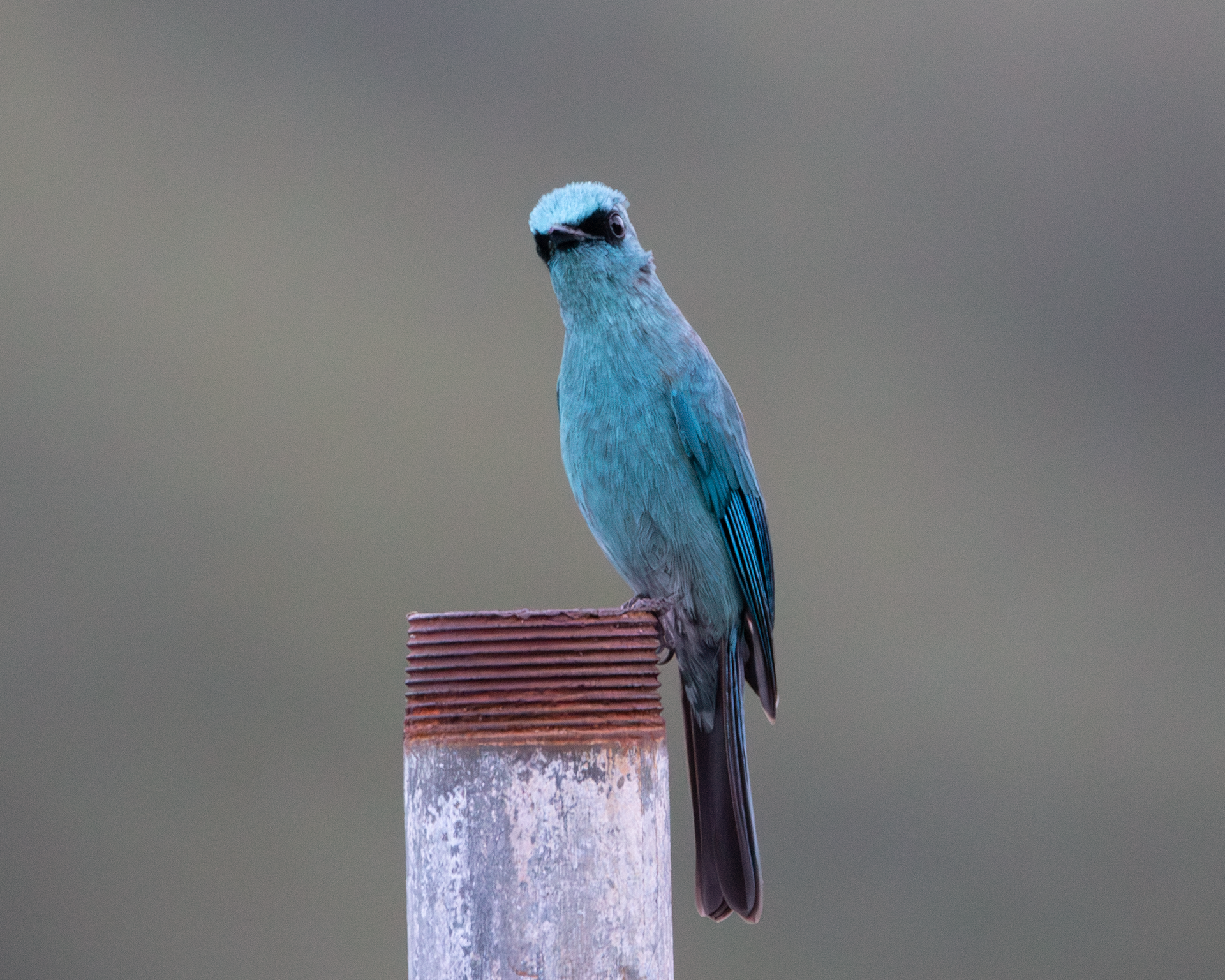
Beautifully vivid turquoise-blue flycatcher. Adult male has dark lores. Juvenile is duller, with noticeably grayer underparts. Sits upright on exposed perches. Found in lowland and hill forests and forest edges. Song is high and undulating phrase of burry or trilled notes. Most common call is a strident “wheet!”
INDIA . Uttarakhand . 2023

Beautifully vivid turquoise-blue flycatcher. Adult male has dark lores. Juvenile is duller, with noticeably grayer underparts. Sits upright on exposed perches. Found in lowland and hill forests and forest edges. Song is high and undulating phrase of burry or trilled notes. Most common call is a strident “wheet!”
INDIA . Uttarakhand . 2023
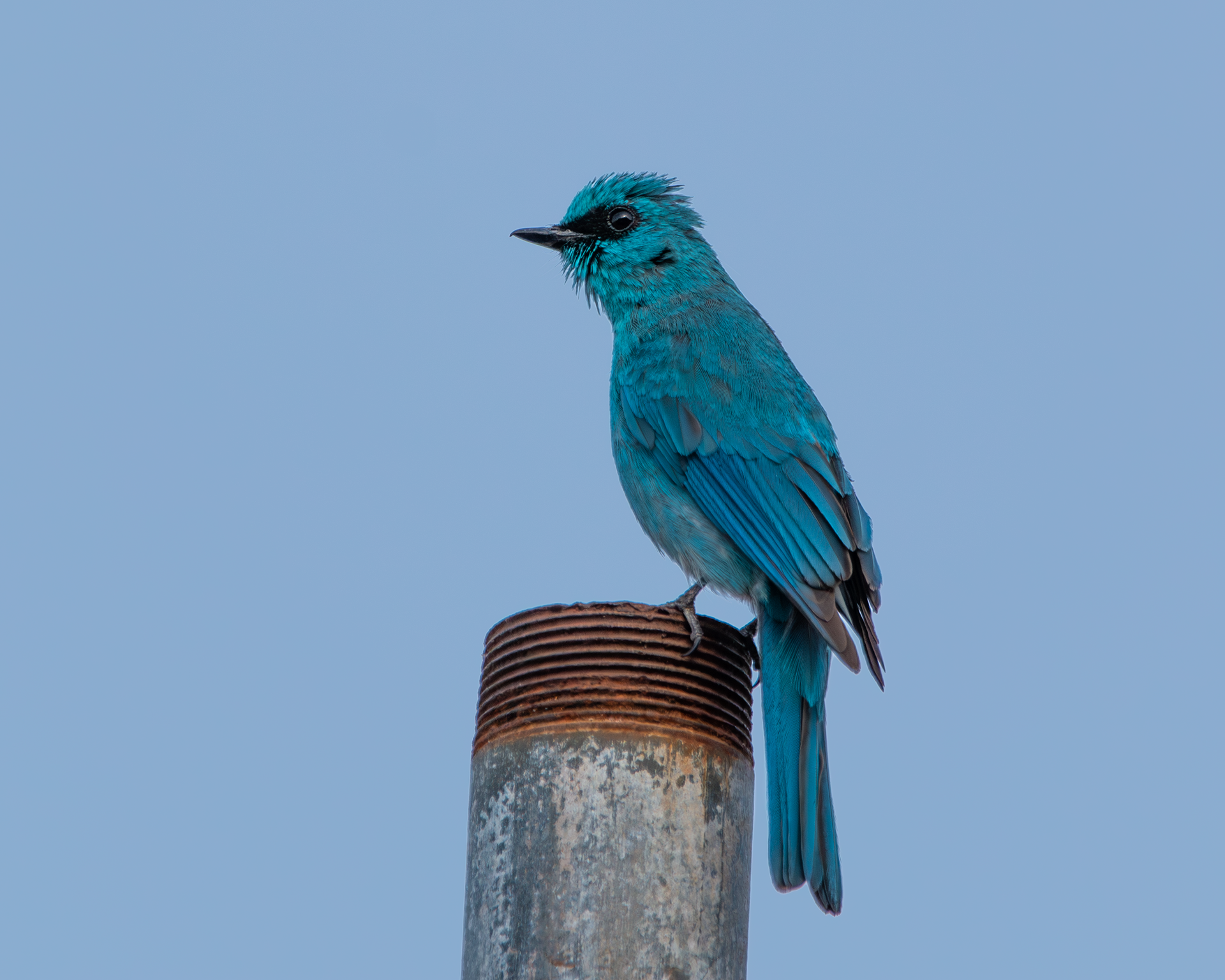
Beautifully vivid turquoise-blue flycatcher. Adult male has dark lores. Juvenile is duller, with noticeably grayer underparts. Sits upright on exposed perches. Found in lowland and hill forests and forest edges. Song is high and undulating phrase of burry or trilled notes. Most common call is a strident “wheet!”
INDIA . Uttarakhand . 2023
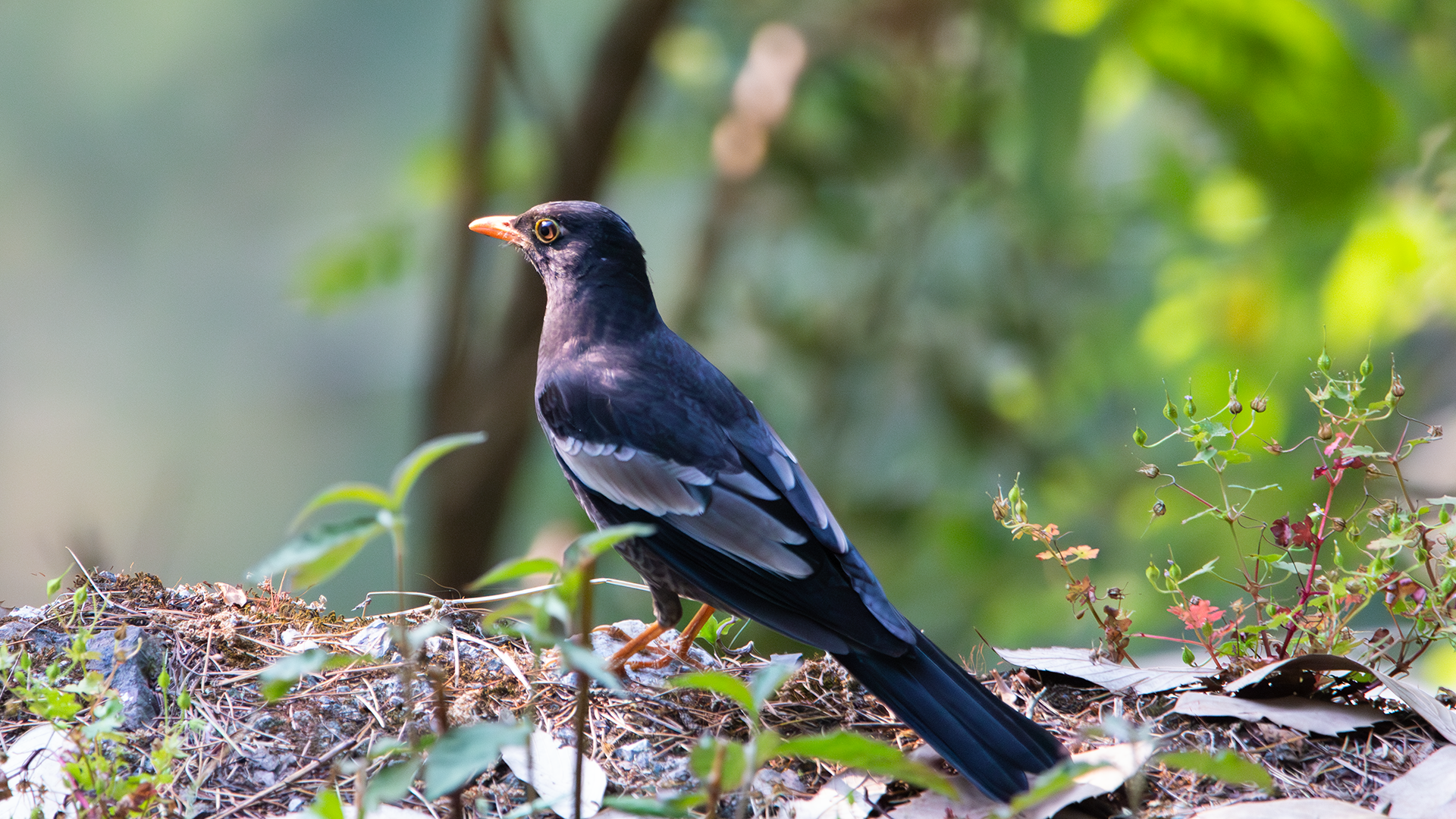
A large forest thrush whose name describes its key feature; males are black and females are brown, but both have flashing silvery wings. Bright orange bill and eyering are eye-catching in dark forests. Forages quietly in the understory of montane and submontane broadleaf evergreen forests. Often solitary, occasionally in flocks in the winter. Tends not to visit gardens and parks like Tibetan and Chinese blackbirds, but does occasionally visit feeders at hides. Sweet, “thrushy” song consists of warbled phrases, sometimes with a slightly scratchy quality.
INDIA . Uttarakhand . 2023